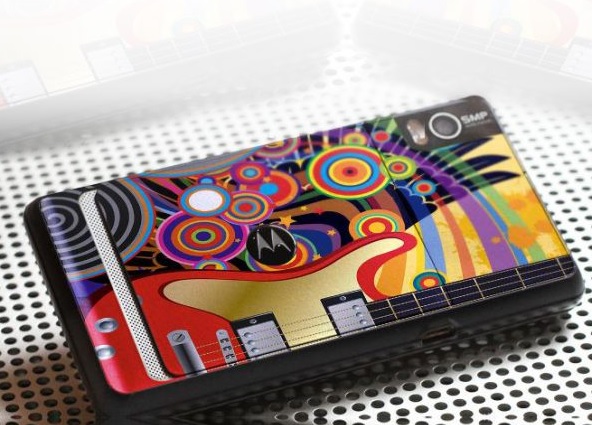How to Avoid Losing Money in Garment Printing
One question that remains a repeated
concern for almost every potential direct-to-substrate printing convert is if
it's a sound investment. The top selling points compelling an entrepreneurial
investment hinges on environmental protection, quality, accelerating production
and keeping operating expenses reasonable. The direct-to-garment ecosystem
continues to get immense support from micro-entrepreneurs and small-scale
enterprises.
The body of leading industry giants
that have joined the revolution isn't as impactful. Nonetheless, dtg garment
printing has enabled many businesses to seamlessly transform and expand their merchandise. It’s had an incredible run role as a combination method. Moreover,
it’s a trend that's quickly gaining favor as eager entrepreneurs learn about
its versatility and options; to maximize business opportunities.
Is productivity
suffering?
Predating the age of DTG digital
technology, operators made do with conventional techniques like digital
transfer paper and silkscreening. However, both methods involved demanding
steps that greatly impacted productivity. For instance, digital heat transfer
uses laser technology and desktop inkjet for single shirt printing. Although
one-off shirt printing makes an attractive feature, this method uses polymer
adhesive to bond the ink and fabric together. Sometimes this causes
discoloration or creates a polymer window around the image.
With recent technological
innovations, specialized image transfer papers have been introduced to remove
the polymer window altogether or minimize it. With demands for high-quality
short-run personalized merchandise increasing every day, apparel designers
needed a faster method.
While silkscreening does
high-precision printing, a lot goes into preparation, especially the artwork.
What's more, silk screening requires a spacious work area, which is not always
feasible when operating a micro and small-scale production. Direct to substrate UV printer brings new, exciting possibilities to the apparel decorating industry.
It doesn't involve time-intensive processes as observed with conventional
screen printing.
Finding a
creative solution
Custom printed merchandise generates
substantial income for those in garment decoration. Direct-to-substrate
printing lacks common setup frustrations found with screen printing and other
techniques. As a high-precision technique, DTG inkjet printing accentuates
image details to a greater degree than normal silkscreening. What’s more, it’s
on-demand capabilities makes it an excellent model for small startups
processing short-run orders using multiple colors. Normally, this required
intensive manual labor and skilled hands to produce each print job.
This is particularly true for
silkscreening which involves meticulous techniques and intensive preparation to
achieve desired results. With an increasingly urgent need for immediate
turnaround and small batch printing nowadays, not having the right equipment
can hurt the business. Having direct-to-substrate technology with on-demand
capabilities creates more business because it promotes automation and supports
creativity. Moreover, the DTG technique puts no restriction on color variety
and one-off designs.
A lot of consideration should go into
buying apparel decoration equipment for the business. Yet, handpicking any
machine from a product comparison chart always seemed so right. Even so, it’s
imperative to do meticulous research before investing. The wrong approach could
easily jeopardize an investor’s business design. Both silkscreening and direct
to substrate techniques yield quality prints although choice weighs heavily on
the needs of the business.
For example, low to medium level
garment production doesn’t necessarily require a traditional screen printing
setup. Alternatively, it makes an ideal match for high-volume garment
manufacturing. In comparison, DTG inkjet printing thrives in a low-volume
manufacturing environment, especially one-off designs that include intricate
graphics.




Comments
Post a Comment